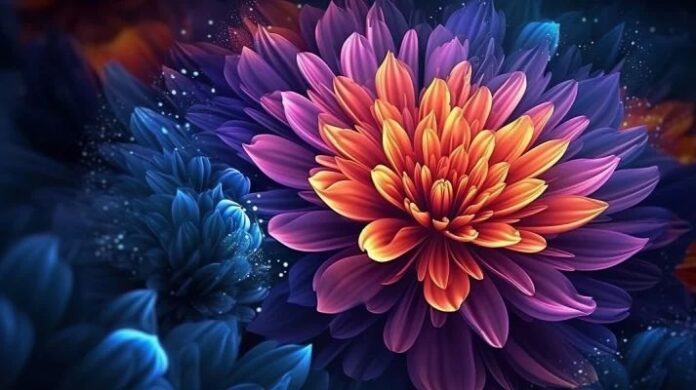- Written by Vindya Senanayake
- Edited by Esther Swamidason
Dahlia flowers are not only beautiful, but they may also have some surprising health benefits. Let’s learn about antidiabetic properties of Dahlia flower extract and how this improves insulin function in the brain.
Revealing the face of diabetes
Diabetes is a condition that is common in today’s society, and we have all heard and know about someone who is affected by this condition. This is a condition with 2 sisters. Type 1 diabetes (T1D) is caused when our bodies fail to produce insulin as a result of the cell attack by the immune cells on the factories that produce insulin in the pancreas called islet cells. Type 2 diabetes (T2D) is caused when our bodies produce insulin lower than the required level and we build resistance to insulin.
T2D is one of the leading causes of deaths worldwide. The predicted population density to develop T2D by the year 2030 is increased over 500 million individuals worldwide. People with T2D also tend to develop other health complications such as kidney failures, blindness, cardiovascular diseases. As such, if regular monitoring and treatments are not undertaken, this could severely shorten the life expectancy and lower the quality of life. So how do we manage this condition?
Who is responsible?
Science has revealed that our central nervous system plays a critical role in regulating glucose. The key player of this regulation is the hypothalamus that acts as a hub for glucose homeostatic pathways. One pathway that is under the controlled activation of the hypothalamus is the phosphatidylinositol 3-kinase (P13K) – protein kinase B (AKT) pathway that is required for the metabolic effect of insulin. Other than this, the hypothalamus is also linked to the progression of hypothalamus mediated insulin resistance. When this vital organ undergoes inflammation, it inhibits the nuclear factor kappa-B kinase subunit beta (IKK.)/nuclear factor kappa B (NF-B) inflammatory pathway, which regulates the expression of proinflammatory cytokines.
Will inhibition bring hope?
A group of researchers from New Zealand along with other researchers studying about this topic has shown that hypothalamic glucose intolerance can be attenuated by inhibiting the IKK-NFB pathway. This was conducted by utilizing Butein; a specific and potent IKK inhibitor. Obese mice treated with this inhibitor thus shows lower levels of glucose compared to untreated mice.
How about Dahlia flower?
As yellow chalcone butein is a rare flavonoid, natural products containing butein would alleviate this demand. This is how the ornamental nontoxic Dahlia pinnata Cav. (Asteraceae) made its big debut. The yellow petal extract of dahlia flower contains a variety of flavonoids including the magical compound butein. This research group demonstrates that butein extracted from Dahlia in combination with other flavonoids has improved glucose tolerance. They first conducted a study in mice that proved the non-toxicity of the extract. The anti-diabetic effect of Dahlia extract was then tested on humans for the first time in a dose-dependent manner.
This study produced results showing prominent glucose-lowering effects in T2D existing patients. The research group show Dahlia targets the hypothalamic insulin signaling to lower the glucose levels. Mice treated with a high-fat diet had an inflamed hypothalamus and reactive astroglioses that interfere with neuronal pathways regulating energy homeostasis. These mice developed insulin resistance leading to T2D. However, when mice were treated with dahlia extract, the glucose tolerance is improved as a result of astrogliosis prevention and suppression of hypothalamic inflammation. As such, dahlia is identified as an ornamental flower with a potential medicinal property that could save lives.
Reference
https://academic.oup.com/lifemeta/article/2/4/load026/7200078?login=false


